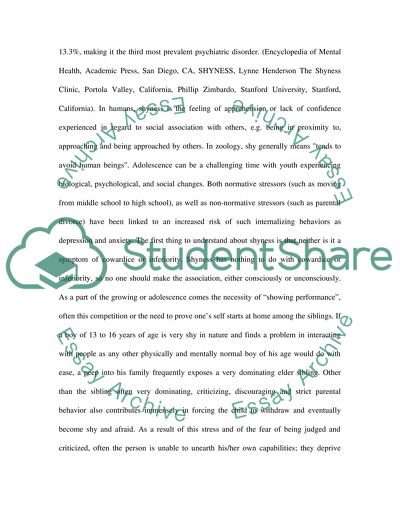Cite this document
(“Shyness Essay Example | Topics and Well Written Essays - 750 words”, n.d.)
Retrieved from https://studentshare.org/miscellaneous/1521497-shyness
Retrieved from https://studentshare.org/miscellaneous/1521497-shyness
(Shyness Essay Example | Topics and Well Written Essays - 750 Words)
https://studentshare.org/miscellaneous/1521497-shyness.
https://studentshare.org/miscellaneous/1521497-shyness.
“Shyness Essay Example | Topics and Well Written Essays - 750 Words”, n.d. https://studentshare.org/miscellaneous/1521497-shyness.


